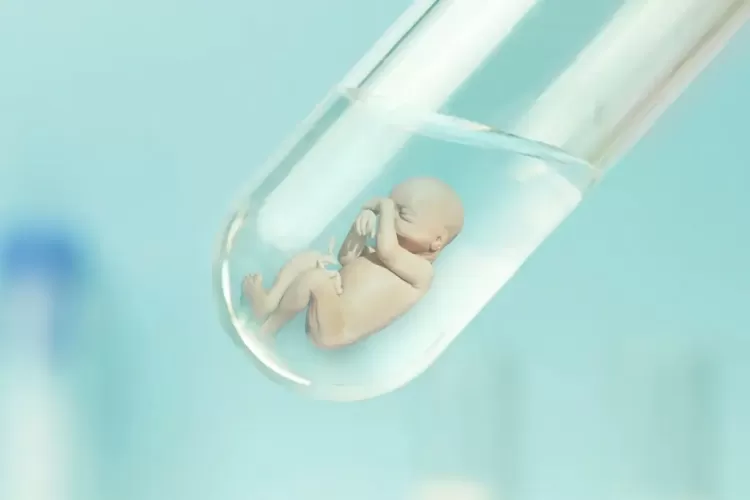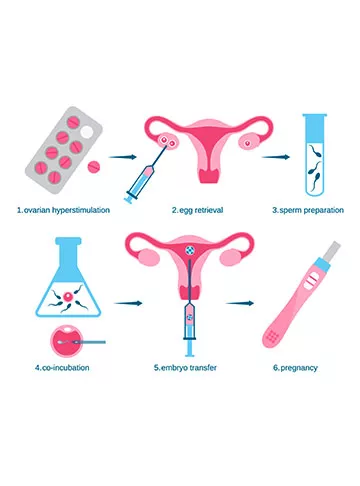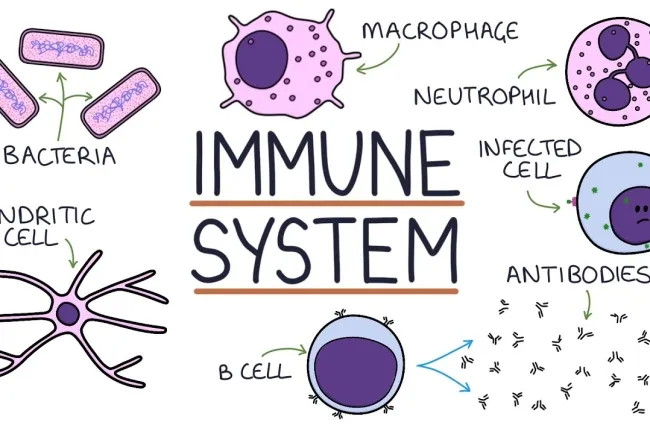IVF Unveiled: The Science, Success Rates, and Ethical Considerations...!!!
Test tube babies, also referred to as in vitro fertilization (IVF) babies, result from a sophisticated medical procedure designed to help couples with fertility challenges. The term "test tube babies" is somewhat misleading as the process mainly involves petri dishes, not test tubes, yet the name has persisted. The scientific progress and ethical debates surrounding IVF make it a captivating and crucial topic in modern medicine.

The IVF Process
The IVF procedure starts with stimulating the ovaries to produce multiple eggs instead of the single egg typically released during a menstrual cycle. This is achieved through hormone injections and careful monitoring via ultrasound and blood tests. Once the eggs are mature, they are retrieved in a minor surgical procedure using a thin needle to extract them from the ovaries.
Next is fertilization, where the collected eggs are combined with sperm in a lab setting. This can be done through conventional insemination, where eggs and sperm are mixed and left to fertilize naturally, or through intracytoplasmic sperm injection (ICSI), where a single sperm is directly injected into an egg. The method chosen depends on factors like the sperm's quality and motility.
Embryo Development and Transfer
After fertilization, the embryos are cultured in a special incubator for a few days. During this period, embryologists monitor their development closely. Only the healthiest and most viable embryos are selected for transfer to the woman's uterus, a crucial step as it significantly affects IVF success rates.
Transferring embryos to the uterus is a straightforward procedure. Using a thin catheter, the chosen embryos are gently placed into the uterine cavity. The number of embryos transferred varies based on the woman's age, embryo quality, and the couple's specific circumstances. Post-transfer, the woman may be advised to take progesterone supplements to support the uterine lining and enhance implantation chances.

Success Rates and Challenges
IVF success rates vary widely, influenced by factors like the woman's age, infertility cause, and the quality of eggs and sperm. On average, the live birth rate for IVF cycles is about 30-40% for women under 35, but this rate declines with age. Multiple cycles might be necessary for a successful pregnancy, which can be emotionally and financially taxing for couples.
IVF comes with challenges and risks. Ovarian hyperstimulation syndrome (OHSS) is a potential complication where the ovaries become swollen and painful due to excessive hormone stimulation. Multiple pregnancies, like twins or triplets, are also more common with IVF, posing risks to both the mother and babies. Additionally, the emotional toll of the process, including the stress of hormone injections, anxiety of waiting for results, and potential failures, is significant.
Ethical and Social Considerations
IVF has sparked numerous ethical and social discussions. Issues like the fate of unused embryos, treatment costs and accessibility, and the potential for genetic screening and manipulation are ongoing debates. Some advocate for broader access and affordability of IVF, while others worry about the societal impacts of assisted reproductive technologies.
In summary, test tube babies, or babies born through IVF, represent a significant achievement in medical science. The process offers hope to many couples facing infertility and has paved the way for further advancements in reproductive medicine. Despite its challenges and ethical dilemmas, IVF remains a vital option for creating families and bringing joy to countless lives.
What's Your Reaction?

















